NEWS: A deeper look at power in the S.C. House
COMMENTARY, Brack: State should wisely target surplus funds
SPOTLIGHT: South Carolina Farm Bureau
MY TURN, Bailey: MUSC approves a turkey of an idea
FEEDBACK: Got something to say? Tell us.
MYSTERY PHOTO: Who painted this?
S.C. ENCYCLOPEDIA: Jasper Johns
MAPS: A deeper look at power in the S.C. House
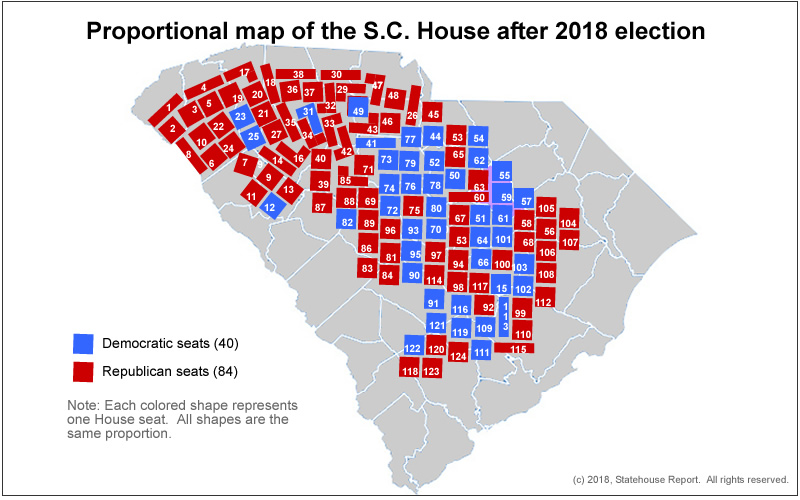
By Andy Brack, editor and publisher | One of the most interesting graphics that came out of the 2018 elections showed a proportional map of the make-up of the U.S. House of Representatives.
In the traditional way of looking at election maps, Republican districts are highlighted in red by their geographic shape and Democrats are reflected as blue. But these maps have an inherent problem: there’s a geography bias. A really large state with low population, such as Montana, may have just one House seat, compared to a tiny state with a bigger population, such as Rhode Island, which has two House seats. Yet on the map, Montana’s red overwhelms the blue of Rhode Island – even though it has twice the congressional voting power.
So The New York Times endeavored to equalize the geographic size of districts so each House district was represented by the same-sized shape. The result? The huge swath of Midwestern red, mostly in rural, lower-populated areas, seemed less visible. And contrastingly, the east and west coasts, which are more Democratic, balanced the red instead of being washed out. Overall, the parties looked more balanced – and the country looked more like a blue sandwich with red meat with an overall tint of purple.
Inspired by the Times’ proportional map, we wondered what a similar South Carolina map would show. The results are just as startling. Republicans totally dominate the Upstate, with Democrats holding just a handful of urban seats. (See map above.) Elsewhere, Democrats are competitive in the Columbia and Charleston areas. And while they hold a fair number of rural seats, in the middle and lower part of the state, the GOP dominance of the Upstate with outposts in Horry and Beaufort counties is readily apparent, compared to the geographic map (below), where Democrats look like they’re competitive with Republicans.
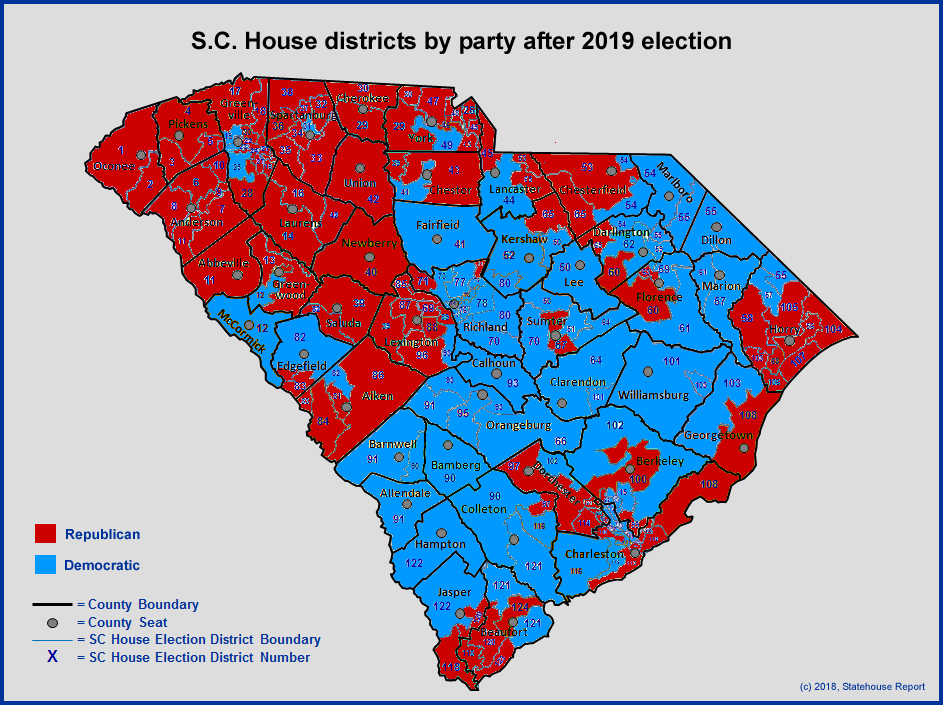
These maps offer at least two strategies:
Democrats: If the party wants to make inroads and retake the House (it needs a pickup of 23 new seats to do so), it’s going to have to start being competitive in the Upstate. Democrats have shown they can keep rural districts. Also, Democratic victories in two Lowcountry GOP seats that were flipped suggest ways to win. But to continue to offer few candidates in the Upstate will sentence Democrats to being a minority party.
Republicans: To bolster their dominance, Republicans can target rural seats where they may peel away voters favorable to President Donald Trump. Many of these districts, however, are gerrymandered to be more winnable for Democrats than Republicans.
- Have a comment? Send to: feedback@statehousereport.com
BRACK: State should wisely target surplus funds

By Andy Brack, editor and publisher | The state of South Carolina has won the lottery. It has a billion dollars in surplus funds in the coming year that can be used to address generational problems left lingering for far too long.
 Let’s hope state lawmakers who let too many things get out of control because of too little money and vision don’t miss this gigantic opportunity to do a whole lot of good.
Let’s hope state lawmakers who let too many things get out of control because of too little money and vision don’t miss this gigantic opportunity to do a whole lot of good.
But in a state riddled with so many needs – we’re at the bottom in public education, college tuition is too high, more than half of state workers don’t earn a living wage and infrastructure is crumbling – how is it best to divide the money in ways that make strategic sense so the surplus isn’t just a political slush fund?
New, recurring funds
In the state’s 2019-20 budget, there will be about $458 million in new, recurring revenue stemming from the state’s growth and other sources. This is the pot of money that lawmakers usually argue over every year for new programs and additional costs that need to be funded on a recurring basis, such as health cost increases or extra pay for workers.
Perhaps the best investment for the state is to sink a large chunk of this money into the state’s teachers, who currently are paid at less than the Southeastern average. If we want more than average, we’re going to have to pay for it. Cost of a 5 percent raise for teachers: $155 million.
 Being a state with some of the worst health outcomes, the state should invest $100 million on new programs to make citizens healthier and improve access to health care. Furthermore, another $100 million should be invested annually in further reduce the $21 billion unfunded liability of pension benefits for retirees and workers. We’re going to have to pay the piper at some point to deal with this liability; we might as well continue to reduce it with new money than have to raise taxes down the road to honor the state’s pension promises.
Being a state with some of the worst health outcomes, the state should invest $100 million on new programs to make citizens healthier and improve access to health care. Furthermore, another $100 million should be invested annually in further reduce the $21 billion unfunded liability of pension benefits for retirees and workers. We’re going to have to pay the piper at some point to deal with this liability; we might as well continue to reduce it with new money than have to raise taxes down the road to honor the state’s pension promises.
Of the remaining money – about $103 million – the state should prioritize remaining needs across all agencies, including spending money on bolstering small businesses and protecting special places by buying threatened land.
One-time money
Also available to use to shore up South Carolina’s needs is a $546 million pot of one-time money from past reserve funds and surpluses. Suggested priority areas for spending include colleges, infrastructure and employees:
College infrastructure. There’s been talk of borrowing $500 million to fix old college buildings and infrastructure. Instead of borrowing the amount, spend $150 million of surplus now to modernize.
Freeze tuition. The state also could spend $50 million to freeze tuition at state public colleges and universities, which have the highest tuition in the South. This would help make college more affordable to middle-class South Carolinians.
Recovery fund. Since we now seem to have a big natural disaster every year or two, let’s start a new disaster recovery fund of $200 million to be ready in the future for the next weather-related hit.
Voting machines. South Carolina has outdated voting machines that do not inspire confidence. While $10 million has been set aside for new machines, another $40 million needs to be spent to buy 13,000 new machines that have paper trails.
Bonuses. State workers get the short end of the pay stick, year after year. Let’s spend $40 million on a one-time, 2 percent bonus.
Anti-poverty programs. The remaining one-time money – about $66 million – should be used to seed a multitude of anti-poverty efforts by nonprofits and churches dedicated to improving lives of South Carolinians at the bottom of the socio-economic scale.
Let’s not fall for the old bait-and-switch that surpluses need to be returned to taxpayers in a state that has underfunded priorities for years. If lawmakers fall prey to this ruse again, you know who will get most of the extra money – rich folks.
Let’s do the right thing and make sure lapsed needs are met. Let’s not waste this opportunity to invest the surpluses in South Carolina’s future.
- Have a comment? Send to: feedback@statehousereport.com.
SPOTLIGHT: South Carolina Farm Bureau
 Statehouse Report is provided for free to thousands of subscribers thanks to the generosity of our underwriters. Today we shine a spotlight on our newest underwriter, S.C. Farm Bureau. It is a grassroots, non-profit organization that celebrates and supports family farmers, locally-grown food and rural lands through legislative advocacy, education and community outreach.
Statehouse Report is provided for free to thousands of subscribers thanks to the generosity of our underwriters. Today we shine a spotlight on our newest underwriter, S.C. Farm Bureau. It is a grassroots, non-profit organization that celebrates and supports family farmers, locally-grown food and rural lands through legislative advocacy, education and community outreach.
S.C. Farm Bureau’s alliance of nearly 100,000 members includes everyone from foodies and fishermen to lawyers, restaurateurs, entrepreneurs, community leaders, and of course, farmers. By connecting farmers to the larger community, the organization cultivates understanding about agriculture’s importance to our local economies. The S.C. Farm Bureau explains its mission: “We deepen our collective knowledge of who, where and how food grows. We empower people to make informed choices. We grow mutually-beneficial relationships. And, we ensure the future of the family farms, locally-grown food and the rural South Carolina lands we love.”
- To learn more about S.C. Farm Bureau’s programs, click here.
- To view media and publications, click here
- For policy and legislation, click here.
MY TURN, Bailey: MUSC approves a turkey of an idea
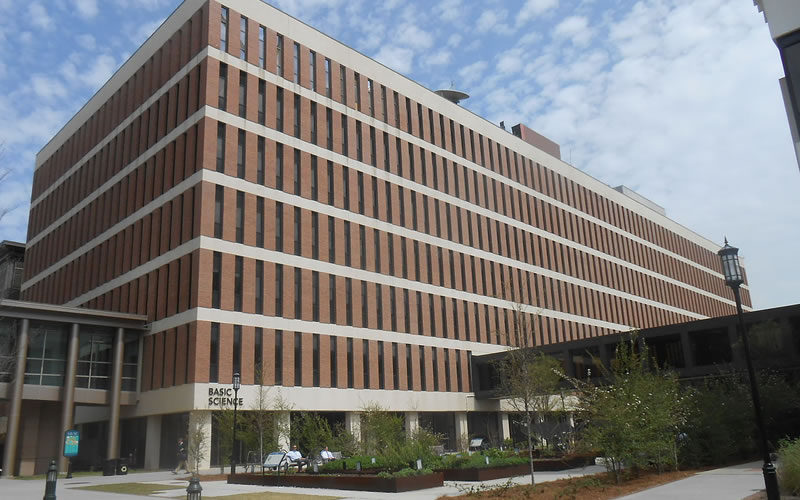
By Lynn Bailey, special to Statehouse Report | This week, I guess in honor of the turkey, the Medical University of South Carolina Board of Trustees approved a turkey of an idea: the acquisition of four poorly-performing hospitals from Community Health Systems (CHS), a for-profit health company that is rapidly selling off its underperforming assets.

The hospitals to be acquired are: Chester Hospital in Chester County, Springs Memorial Hospital in Lancaster County, Marion Hospital in Marion County and Carolinas Hospital in Florence. Except for Carolinas Hospital in Florence, all of the hospitals are located in rural counties and are in serious danger of bankruptcy and closing.
Additionally, CHS is unloading some more loser hospitals in the Upstate to Spartanburg Regional Health Center: Mary Black Health System in Spartanburg and Mary Black Health System in Gaffney. Spartanburg Regional Health Center is also a public health system controlled by Spartanburg County.
CHS must be thinking they’ve hit the “sucker” mother lode in South Carolina. What are these S.C. health care systems thinking? It looks like public-funded resources are bailing out for-profit private health systems, which was supposed to be the salvation of America’s health problems. A better deal would be to acquire these rural assets out of bankruptcy for pennies on the dollar. Sounds to me like public corporate welfare based on extortion in the name of rural care, dressed up as rural health rescue!
MUSC unloaded its hospital years ago with the creation of the MUSC Hospital Authority. Why does MUSC need more hospitals? Poorly-performing hospital requiring significant investment in locations out of the neighborhood need expensive upgrades and are difficult or costly to serve. [If they were making CHS margin, they wouldn’t be for sale.] How exactly, then, does this acquisition of “loser” facilities serve the MUSC education mission of training future health professionals like doctors, researchers, administrators and nurses?
It would be less expensive than to rescue rural health facilities for South Carolina to expand Medicaid. We’d at least receive federal matching funds and provide coverage to more working low-income South Carolinians. We could rescue more rural facilities like in Edgefield. Williamsburg, Abbeville and Allendale counties, as well as The Regional Medical Center of Calhoun and Orangeburg counties. It is too late for Fairfield Memorial, Marlboro Park, and hospitals in Bamberg and Barnwell counties.
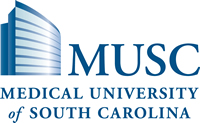 The MUSC-acquired hospitals are still tied to their local governments. CHS just leased the real estate. CHS then assumed the operating license. To transfer assets requires a two-year process and approval by county councils. The funds going from CHS for the original CHS acquisition have gone to community foundations to assist in providing care to low-income county residents. Cost of care is Chester, Lancaster, Marion and Florence counties has not gone down. If anything, it has increased. What happens to those resources? This is complicated.
The MUSC-acquired hospitals are still tied to their local governments. CHS just leased the real estate. CHS then assumed the operating license. To transfer assets requires a two-year process and approval by county councils. The funds going from CHS for the original CHS acquisition have gone to community foundations to assist in providing care to low-income county residents. Cost of care is Chester, Lancaster, Marion and Florence counties has not gone down. If anything, it has increased. What happens to those resources? This is complicated.
None of this requires public oversight. It doesn’t require a Certificate of Need from DHEC. It doesn’t require the oversight of the legislature or the executive branch. It may require tacit approval of the governor or review by the Attorney General but mostly the AG or the governor really don’t care what happens in South Carolina health care.
MUSC and its affiliated Hospital Authority are undertaking some out-of-the-box projects like redeveloping abandoned retail space for outpatient focused care, moving off the Charleston peninsula and directing care closer to where patients live and work. They want to construct a community hospital in Berkeley County to better serve patients from the Midlands and Upstate who need MUSC’s specialized care. They are advancing telemedicine by connecting specialized services across the state to communities where patients lack transportation to get to Charleston for care. Their students and residents do tours of duty delivering care in underserved communities. There are many was to serve the underserved in Chester, Lancaster, Marion and Florence counties without purchasing physical assets.
I don’t’ see the benefits. I see costs and headaches. My only explanation is MUSC needs to be seen as a “hospital system.” Regionally, there is PRISMA (Palmetto Health + Greenville Health System), Atrium (formerly known as Carolina Medical System which just merger with UNC Healthcare) in North Carolina, Novant also in N.C., MedStar in Atlanta or Mayo Clinic in Jacksonville, Fla. This doesn’t include the expanding for-profit systems such as HCA in Asheville or in North Charleston, or Tenet Healthcare in Mount Pleasant and Rock Hill. The access to capital for investor-owned companies are investors, but MUSC’s access to capital is often, directly or indirectly, taxpayers. Before MUSC heads down a rabbit hole, I want to know more about the details. The facilities to be acquired by MUSC are not a Black Friday bargain.
Health care economist Lynn Bailey lives in Columbia.
- Have a comment? Send it to: feedback@statehousereport.com.
FEEDBACK
Send us your thoughts … or rants
We love hearing from our readers and encourage you to share your opinions. But you’ve got to provide us with contact information so we can verify your letters. Letters to the editor are published weekly. We reserve the right to edit for length and clarity. Comments are limited to 250 words or less. Please include your name and contact information.
- Send your letters or comments to: feedback@statehousereport.com
MYSTERY PHOTO: Who painted this?

This excerpt of a painting of a South Carolina scene may look like a watercolor, but it isn’t. But it should look familiar. Who painted it and what is it? Send your guess to feedback@statehousereport.com. And don’t forget to include your name and the town in which you live.
Our previous Mystery Photo
 Our Nov. 16 mystery, “Who’s this guy?,” is a photo of Jasper Johns, a world-famous artist recognized as South Carolina’s own (despite the fact that he was actually born in Augusta.) See this week’s S.C. Encyclopedia to learn more.
Our Nov. 16 mystery, “Who’s this guy?,” is a photo of Jasper Johns, a world-famous artist recognized as South Carolina’s own (despite the fact that he was actually born in Augusta.) See this week’s S.C. Encyclopedia to learn more.
A Thanksgiving thank you to this week’s photo sleuths who correctly identified Johns: Jay Altman, Charles Lesser, Don Hottel and Rick Fulmer, all of Columbia; and George Graf of Palmyra, Va.
Graf provided more context: “Johns is one of the greatest American artists and among the most prominent artists of the 20th century. In 1990, he was awarded the National Medal of Arts. On Feb. 15, 2011 Johns received the highest civilian honor in the United States, the Presidential Medal of Freedom, from President Barack Obama. Today, he remains at the forefront of American art and his work is represented in nearly every major museum collection. South Carolinians look with pride on the achievements of Jasper Johns, an internationally known artist who has astonished critics and collectors alike with the beauty, invention, and intelligence of his work.”
Send us a mystery: If you have a photo that you believe will stump readers, send it along (but make sure to tell us what it is because it may stump us too!) Send to: feedback@statehousereport.com and mark it as a photo submission. Thanks.
S.C. ENCYCLOPEDIA
HISTORY: Jasper Johns
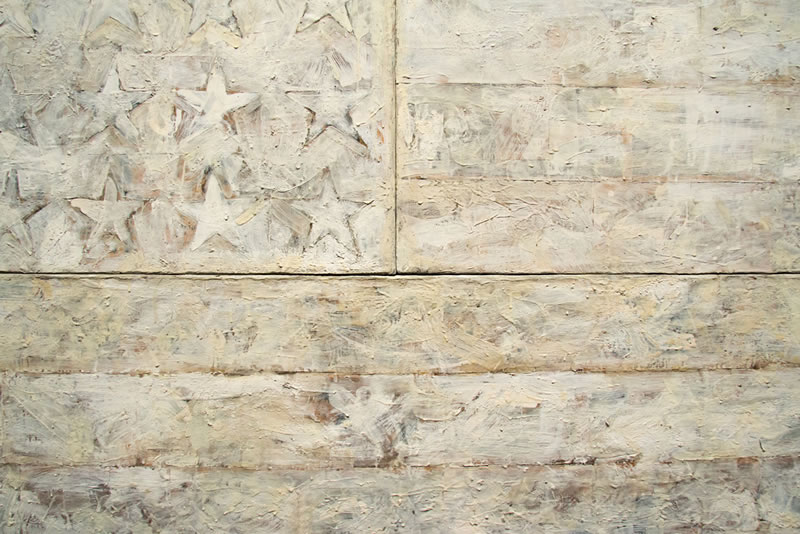
S.C. Encyclopedia | Artist Jasper Johns was born in Augusta, Georgia, on May 15, 1930, probably because its hospital was the closest one to Allendale, South Carolina, where his parents were living. His father, William Jasper Johns, was a farmer and former lawyer who divorced his mother, Jean Riley, by the time the artist was three years old. Johns spent his childhood with various family members in Allendale, Columbia, Batesburg, and Sumter, where he graduated from high school in 1947. He attended the University of South Carolina from September 1947 until December 1948, when he moved to New York. In May 1951 he was inducted into the United States Army and was stationed at Fort Jackson until he was sent to Japan during the Korean War. Upon his discharge he moved to Manhattan and resided there until the mid-1990s, with regular sojourns spent at Edisto Beach, South Carolina (1961–1966), Saint Martin, French West Indies (1969–), and Stony Point, Long Island (1974–1991).

In 1954 Johns destroyed all of his previous work and began two of his signature series: the flag and the target. Four years later his career had clearly been launched: the prestigious Leo Castelli Gallery began to handle his art, the Museum of Modern Art acquired several of his works, and he represented the United States at the Venice Biennale. Johns is a pivotal figure of twentieth-century American art, occupying a critical position that mediates Abstract Expressionism, Pop Art, and Minimalism. Like the latter, he is interested in art materials; he is proficient in a variety of media, including drawing and lithography, oil and encaustic painting, and collage and assemblage. Using commonplace subjects—such as the American flag, numbers, or a beer can—he discharges a fundamental tenet of his art: “Take an object. / Do something to it. / Do something else to it.”
Johns’s career falls into three broad periods: early work characterized by great detachment, abstract work from the early 1960s and 1970s that often emphasizes patterns, and imagery from the 1980s that is more personal and based on early recollections. For example, he incorporated symbols relating to his step-grandmother in several paintings emblematic of his childhood, and in 1992 he employed a floor plan of his grandfather’s house in Allendale. Four years later the Museum of Modern Art organized Jasper Johns: A Retrospective, which attempted to identify his sources, present his biography and achievements, and assess his place in modern art. In the accompanying catalogue, curator Kirk Varnedoe acknowledged Johns’s influential role: “Johns’s presence can be felt at or near the origin point of virtually every generative idea of importance in avant-garde painting and sculpture in America for four decades.”
[Added:] Johns, whose body of work is one of the most valuable in the art world, currently lives in Connecticut. More.
— Excerpted from an entry by Martha R. Severens. This entry hasn’t been updated since 2006. To read more about this or 2,000 other entries about South Carolina, check out The South Carolina Encyclopedia, published in 2006 by USC Press. (Information used by permission.)
ABOUT STATEHOUSE REPORT
Statehouse Report, founded in 2001 as a weekly legislative forecast that informs readers about what is going to happen in South Carolina politics and policy, is provided to you at no charge every Friday.
- Editor and publisher: Andy Brack, 843.670.3996
- Statehouse correspondent: Lindsay Street
More
- Mailing address: Send inquiries by mail to: P.O. Box 22261, Charleston, SC 29407
- Subscriptions are free: Click to subscribe.
- We hope you’ll keep receiving the great news and information from Statehouse Report, but if you need to unsubscribe, go to the bottom of the weekly email issue and follow the instructions.
- © 2018, Statehouse Report. All rights reserved.















 We Can Do Better, South Carolina!
We Can Do Better, South Carolina!